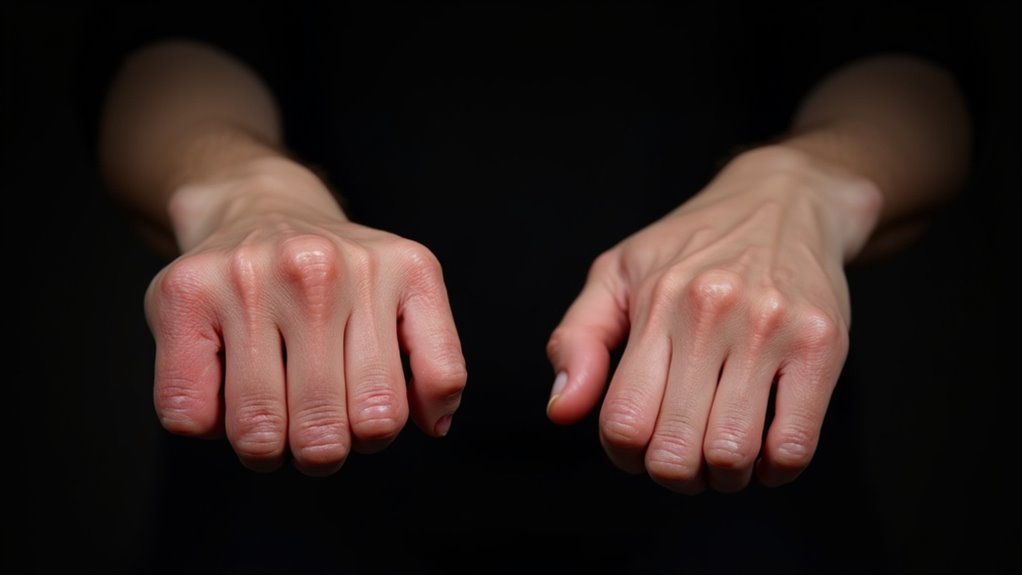
Metatarsalgia, often described as a burning or aching pain in the ball of the foot, can be a challenging condition, especially for seniors who rely on their mobility to maintain independence.
This discomfort, caused by inflammation of the metatarsal bones, can make walking, standing, or even wearing shoes a painful experience. However, physical therapy offers a path to relief, helping you manage the pain and restore comfort and function to your feet.
Understanding Metatarsalgia
Metatarsalgia is typically the result of excessive pressure on the metatarsal bones, which can be due to various factors such as high-impact activities, foot deformities, or ill-fitting footwear. Seniors are particularly susceptible as the natural cushioning in their feet diminishes over time, making them more vulnerable to pain in the ball of the foot.
Symptoms of Metatarsalgia
Key symptoms of metatarsalgia include:
-
Sharp or burning pain in the ball of the foot, especially after standing, running, or walking.
-
Pain that intensifies with activity and may improve with rest.
-
Numbness or tingling in the toes.
-
A sensation of having a pebble in your shoe while walking.
The Role of Physical Therapy in Managing Metatarsalgia
Physical therapy can play a crucial role in managing metatarsalgia by addressing the underlying causes of the pain, improving foot mechanics, and teaching you techniques to reduce the pressure on the metatarsal bones. Here’s how physical therapy can help you move beyond the pain and regain your mobility.
1. Strengthening Foot Muscles
One of the primary goals of physical therapy for metatarsalgia is to strengthen the muscles that support the foot. Weak foot muscles can contribute to poor foot mechanics, increasing the pressure on the metatarsal bones. Key exercises might include:
-
Toe Flexor Exercises: Strengthening the muscles that control toe movement can help distribute pressure more evenly across the foot, reducing stress on the metatarsal bones.
-
Arch Strengthening Exercises: Exercises that target the intrinsic muscles of the foot can help maintain the natural arch, providing better support and reducing the strain on the ball of the foot.
2. Stretching and Flexibility Exercises
Tight calf muscles or a tight Achilles tendon can increase the pressure on the ball of the foot. Physical therapy includes stretching exercises to improve flexibility and relieve tension:
-
Calf Stretches: Regularly stretching the calf muscles can help improve flexibility and reduce the downward pressure on the metatarsals.
-
Plantar Fascia Stretching: Stretching the plantar fascia, a band of tissue that runs along the bottom of your foot, can alleviate tension and improve foot function.
3. Gait Analysis and Correction
Physical therapists often perform a gait analysis to assess how you walk and identify any abnormalities that may be contributing to your foot pain. By analyzing your gait, they can recommend corrective exercises or modifications to your walking pattern to reduce stress on the metatarsals.
-
Gait Training: Learning to adjust your walking pattern can redistribute pressure more evenly across your foot, reducing the pain in the ball of your foot.
-
Orthotic Recommendations: Based on the gait analysis, your physical therapist may recommend custom orthotics or shoe inserts to correct foot mechanics and provide additional cushioning.
4. Manual Therapy Techniques
In addition to exercises, physical therapists may use manual therapy techniques to help alleviate metatarsalgia pain. These techniques can improve circulation, reduce muscle tension, and enhance flexibility:
-
Foot Massage: Gentle massage can help improve blood flow to the affected area, reducing inflammation and promoting healing.
-
Joint Mobilization: Techniques that improve the mobility of the joints in your foot can help reduce stiffness and improve overall foot function.
5. Activity Modification and Education
A key component of physical therapy is educating you on how to modify your activities to prevent further aggravation of metatarsalgia. Your therapist can help you identify activities that may be contributing to your pain and suggest alternatives that are easier on your feet:
-
Low-Impact Exercises: Switching to low-impact activities like swimming or cycling can help you stay active without putting additional stress on your feet.
-
Footwear Recommendations: Your physical therapist can advise you on the best types of shoes to wear, emphasizing proper support, cushioning, and a wide toe box to reduce pressure on the metatarsals.
6. Pain Relief Techniques
Physical therapy also includes various techniques to help manage pain during the recovery process:
-
Ice Therapy: Applying ice to the affected area can help reduce inflammation and numb the pain.
-
Ultrasound Therapy: Some physical therapists use ultrasound to promote tissue healing and reduce pain and inflammation.

Metatarsalgia doesn’t have to dictate how you live your life. With the right physical therapy approach, you can manage your symptoms, improve your foot function, and get back to the activities you enjoy.
Work with us.
Whether through strengthening exercises, gait correction, or manual therapy, physical therapy offers a comprehensive solution to help you move beyond the pain and regain control over your mobility. Remember, each step toward managing your metatarsalgia is a step toward a more comfortable and active life.





